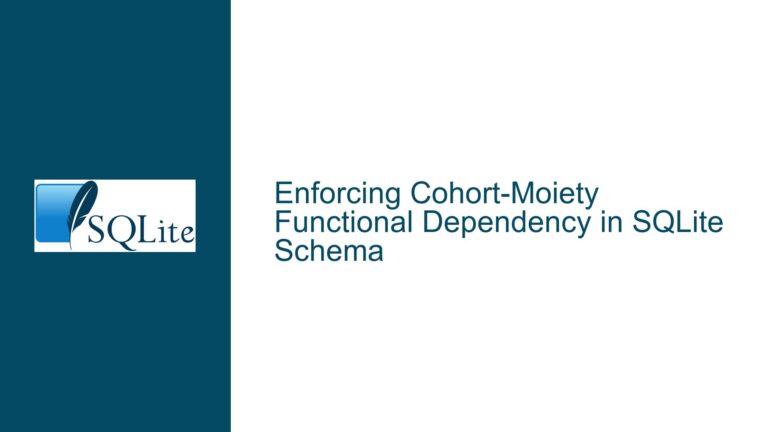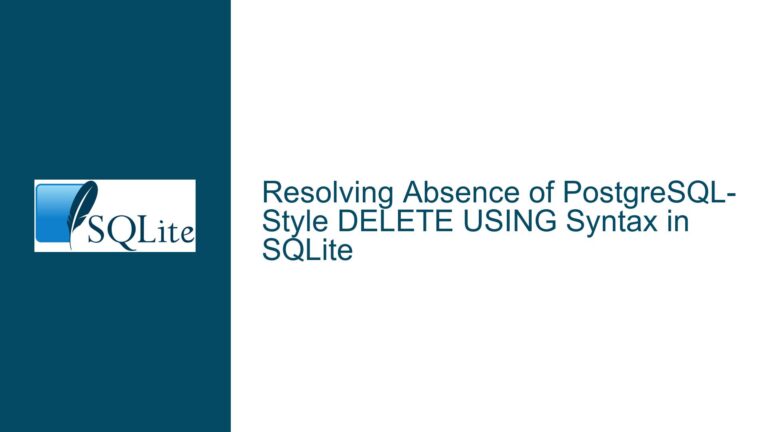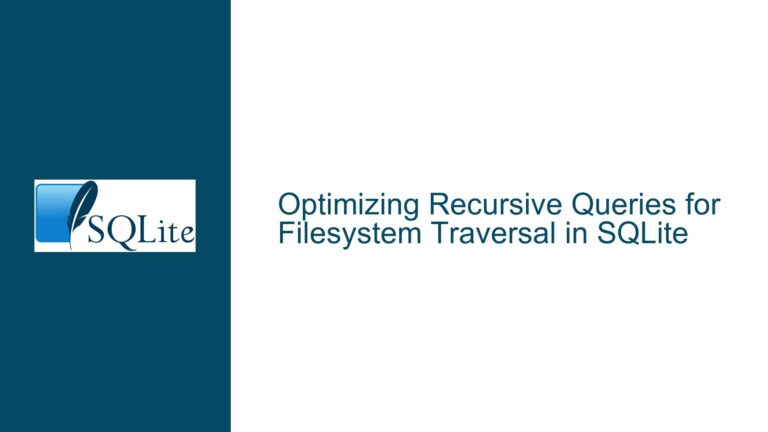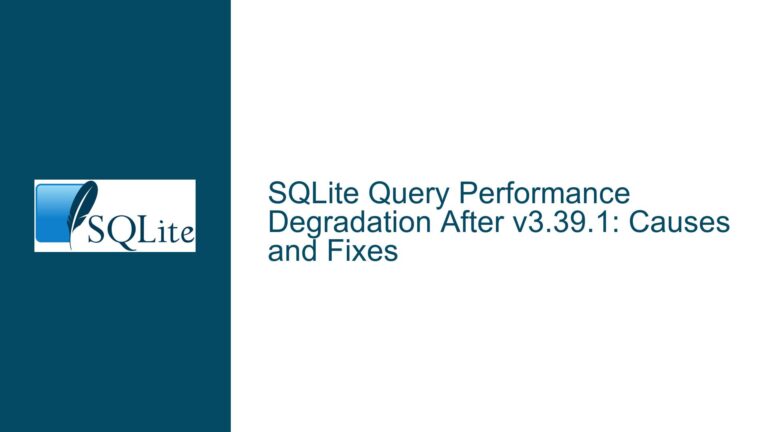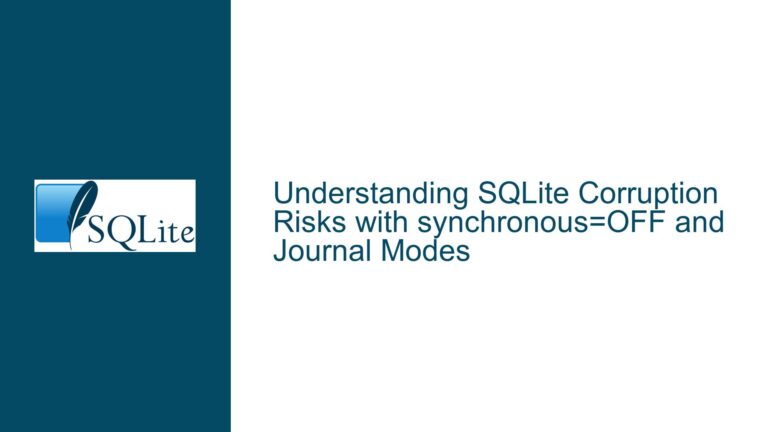Enforcing Cohort-Moiety Functional Dependency in SQLite Schema
Issue Overview: Cohort-Moiety Uniqueness Constraint Violations The core challenge revolves around enforcing a business rule where the cohort column must be uniquely associated with a single moiety value across all rows in the catalog table. Once a cohort is assigned to a moiety, subsequent inserts or updates attempting to associate that cohort with a different…
